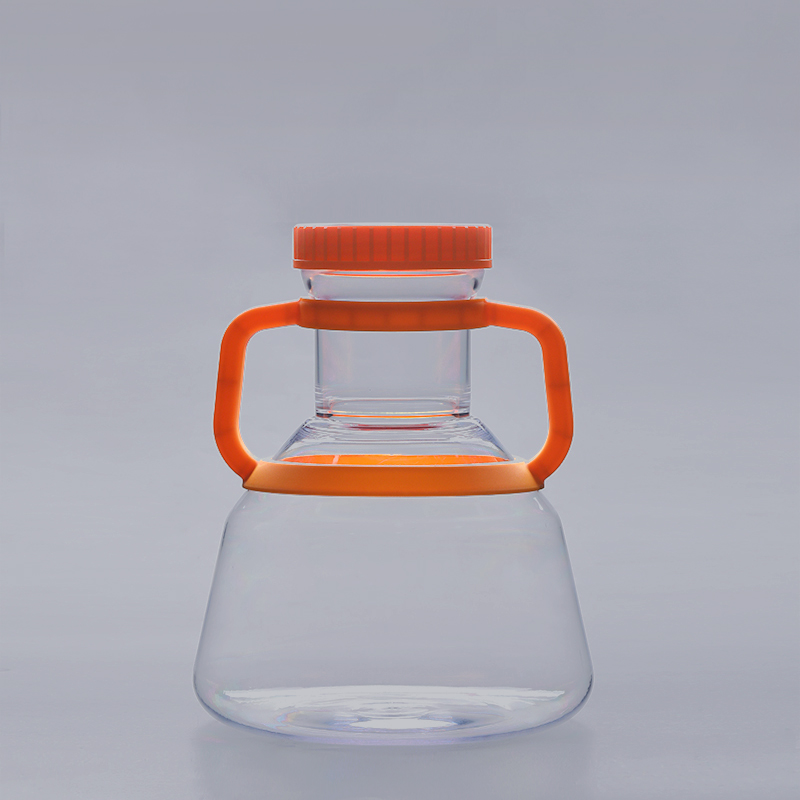高効率erlenmeyerシェイクフラスコは一般的な細胞培養用の消耗品であり、主に哺乳類細胞、昆虫細胞、その他の浮遊細胞の培養に使用されます。その中でも、CHO細胞抗体医薬品はその応用分野の重要な側面です。
CHO細胞は1957年にパック研究所によって最初に分離され、0.1gのチャイニーズハムスター卵巣組織の酵素消化によって得られました。ヒトと同様の複雑な翻訳後修飾、および無血清で化学的に定義された培地での迅速かつ堅牢な懸濁液の成長により、CHO細胞はしばしば活性な生体高分子タンパク質を発現するために使用されます。現在、市販されている治療用タンパク質の70%近くがCHO細胞によって発現および産生されており、CHO細胞は複雑な翻訳後修飾を必要とする治療用タンパク質を産生するための主要なツールになっています。たとえば、2021年3月に発売された組換え型の新しいコロナウイルスワクチン(CHO細胞)は、CHO細胞から開発されました。原理は、新しいコロナウイルスSタンパク質受容体結合領域(RBD)遺伝子をチャイニーズハムスター卵巣(CHO)細胞遺伝子に再結合し、in vitroで発現させてRBD二量体を形成し、水酸化アルミニウムアジュバントを添加して免疫原性を改善することです。 CHO細胞抗体医薬品研究の段階では、高効率のエレンマイヤー振とうフラスコが一般的に使用される消耗品です。蘇生した細胞を高効率振とうフラスコで2〜3日間培養した後、細胞密度が増加し、栄養素が徐々に消費されます。このとき、セルを拡張する必要があります。細胞密度に応じて膨張量を計算します。反応器に接種する細胞数に達したら、振とうフラスコ培養を停止し、培養のために反応器に接種し、培養が完了した後に細胞を回収します。
CHO細胞抗体薬局はアプリケーションの1つの側面にすぎません。高効率の
。さらに、この消耗品は、モノクローナル抗体の研究や、乳製品工場でのバクテリアの発酵と培養に重要な役割を果たします。erlenmeyer shake flaskserlenmeyer振とうフラスコ
The FAI climbed 5.9 percent year-on-year in the first 11 months of 2018, quickening from the 5.7-percent growth in Jan-Oct, the National Bureau of Statistics (NBS) said Friday in an online statement.
The key indicator of investment, dubbed a major growth driver, hit the bottom in August and has since started to rebound steadily.
In the face of emerging economic challenges home and abroad, China has stepped up efforts to stabilize investment, in particular rolling out measures to motivate private investors and channel funds into infrastructure.
Friday's data showed private investment, accounting for more than 60 percent of the total FAI, expanded by a brisk 8.7 percent.
NBS spokesperson Mao Shengyong said funds into weak economic links registered rapid increases as investment in environmental protection and agriculture jumped 42 percent and 12.5 percent respectively, much faster than the average.
In breakdown, investment in high-tech and equipment manufacturing remained vigorous with 16.1-percent and 11.6-percent increases respectively in the first 11 months. Infrastructure investment gained 3.7 percent, staying flat. Investment in property development rose 9.7 percent, also unchanged.
 English
English



















































